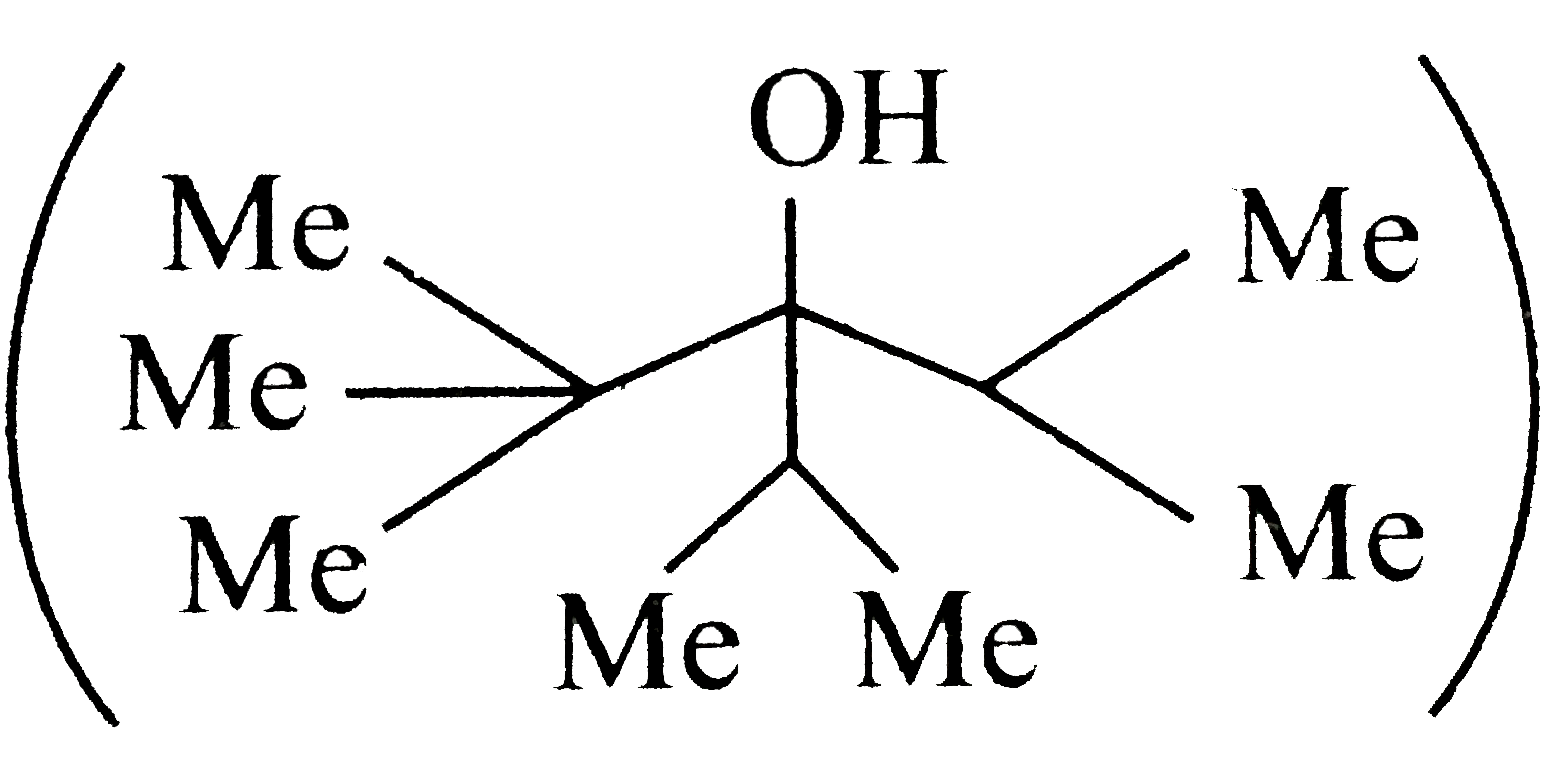Baeyer Villiger Oxidation of Ketones.
Step-by-Step Solution for Baeyer-Villiger Oxidation of Ketones
Step 1: Identify the Ketone Structure
- Begin with a ketone structure. For example, consider a cyclic ketone like cyclohexanone, which has the structure:
C6H10O
Step 2: Choose the Reagent
- The reagent for Baeyer-Villiger oxidation is a peroxy acid. Common choices include:
- Peracetic acid (CH₃C(O)OOH)
- Perbenzoic acid (C₆H₅C(O)OOH)
- Hydrogen peroxide (H₂O₂) in the presence of a Lewis acid catalyst like BF₃.
Step 3: Reaction Conditions
- The reaction is typically carried out in a solvent such as dichloromethane (CH₂Cl₂) to facilitate the reaction.
Step 4: Mechanism of the Reaction
- The peroxy acid reacts with the ketone, leading to the formation of a cyclic intermediate. The reaction involves the migration of the carbonyl group adjacent to the ketone to the oxygen atom of the peroxy acid.
Step 5: Migration of the Carbon Chain
- In the case of a cyclic ketone, the carbon-carbon bond will break at the position where the number of carbons is greater. For example, in cyclohexanone, the bond will break at the carbon with fewer substituents, allowing for the insertion of an oxygen atom.
Step 6: Formation of the Ester
- The result of this reaction is the formation of an ester. For cyclohexanone, the product will be caproic acid (an ester) and an additional oxygen atom will be inserted into the structure.
Step 7: Example Reaction
- For a linear ketone like 2-pentanone, using peracetic acid:
C5H10O+RCOOOH→RCOOC4H9+RCOOH
- The carbon chain will break at the carbon with fewer substituents, leading to the formation of a new ester.
Final Product
- The final product of the Baeyer-Villiger oxidation of ketones is an ester, where the carbonyl carbon has been converted to an ester functional group.
---
- Begin with a ketone structure. For example, consider a cyclic ketone like cyclohexanone, which has the structure:
C6H10O
- The reagent for Baeyer-Villiger oxidation is a peroxy acid. Common choices include:
- Peracetic acid (CH₃C(O)OOH)
- Perbenzoic acid (C₆H₅C(O)OOH)
- Hydrogen peroxide (H₂O₂) in the presence of a Lewis acid catalyst like BF₃.
- The reaction is typically carried out in a solvent such as dichloromethane (CH₂Cl₂) to facilitate the reaction.
- The peroxy acid reacts with the ketone, leading to the formation of a cyclic intermediate. The reaction involves the migration of the carbonyl group adjacent to the ketone to the oxygen atom of the peroxy acid.
Step 5: Migration of the Carbon Chain
- In the case of a cyclic ketone, the carbon-carbon bond will break at the position where the number of carbons is greater. For example, in cyclohexanone, the bond will break at the carbon with fewer substituents, allowing for the insertion of an oxygen atom.
- The result of this reaction is the formation of an ester. For cyclohexanone, the product will be caproic acid (an ester) and an additional oxygen atom will be inserted into the structure.
- For a linear ketone like 2-pentanone, using peracetic acid:
C5H10O+RCOOOH→RCOOC4H9+RCOOH
- The carbon chain will break at the carbon with fewer substituents, leading to the formation of a new ester.
- The final product of the Baeyer-Villiger oxidation of ketones is an ester, where the carbonyl carbon has been converted to an ester functional group.
Topper's Solved these Questions
Similar Questions
Knowledge Check

Above reaction is a Baeyer Villiger rearrangement of an asymmetric ketone with magnesium mono peroxo pthalate hexahydrate (in the drawing, Mg+2 is omitted for clearity) Identify major product.A B
B C
C D
D
Which one of the following on oxidation gives a ketone ?
APrimary alcoholBSecondary alcoholCmethyl alcoholDAll of these
A compound [A] of molecular formula C4H9Br yields a compound [B] of molecular formula C4H10O when reated with aqueous NaOH. On oxidation [B] gives a ketone [C]. The vigorous oxidation of ketone gives ethanoic acid. Deduce the structure of A, B and C.
View SolutionOxidation of aldehydes is easier than that of ketones. Explain.
View SolutionBaeyer's reagent is:
View SolutionA 3∘ alcohol
 can be obtained by the reaction of ketone (di-isopropyl ketone) and.
can be obtained by the reaction of ketone (di-isopropyl ketone) and.
View SolutionOxidation of ketones involves carbon-carbon bond cleavage. Name the products formed on oxidation of 2, 5-dimethylhexan-3-one.
View SolutionBaeyer's reagent is used in laboratory for
View Solution
